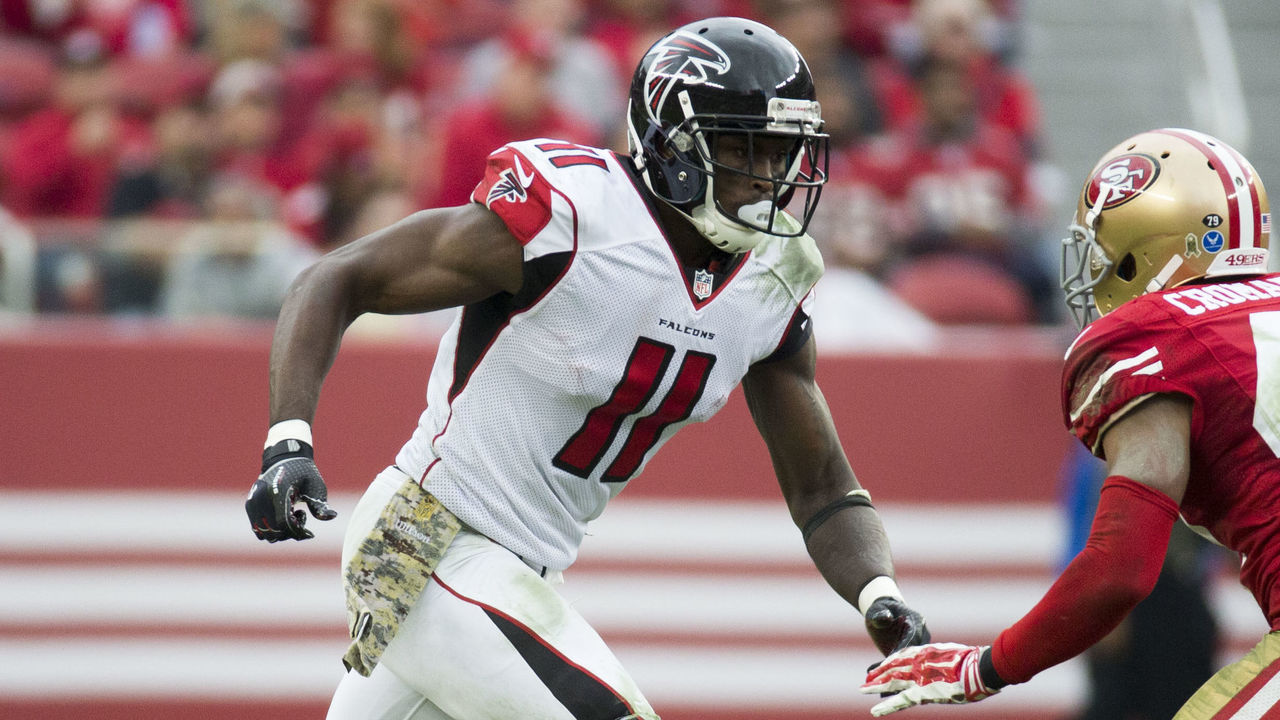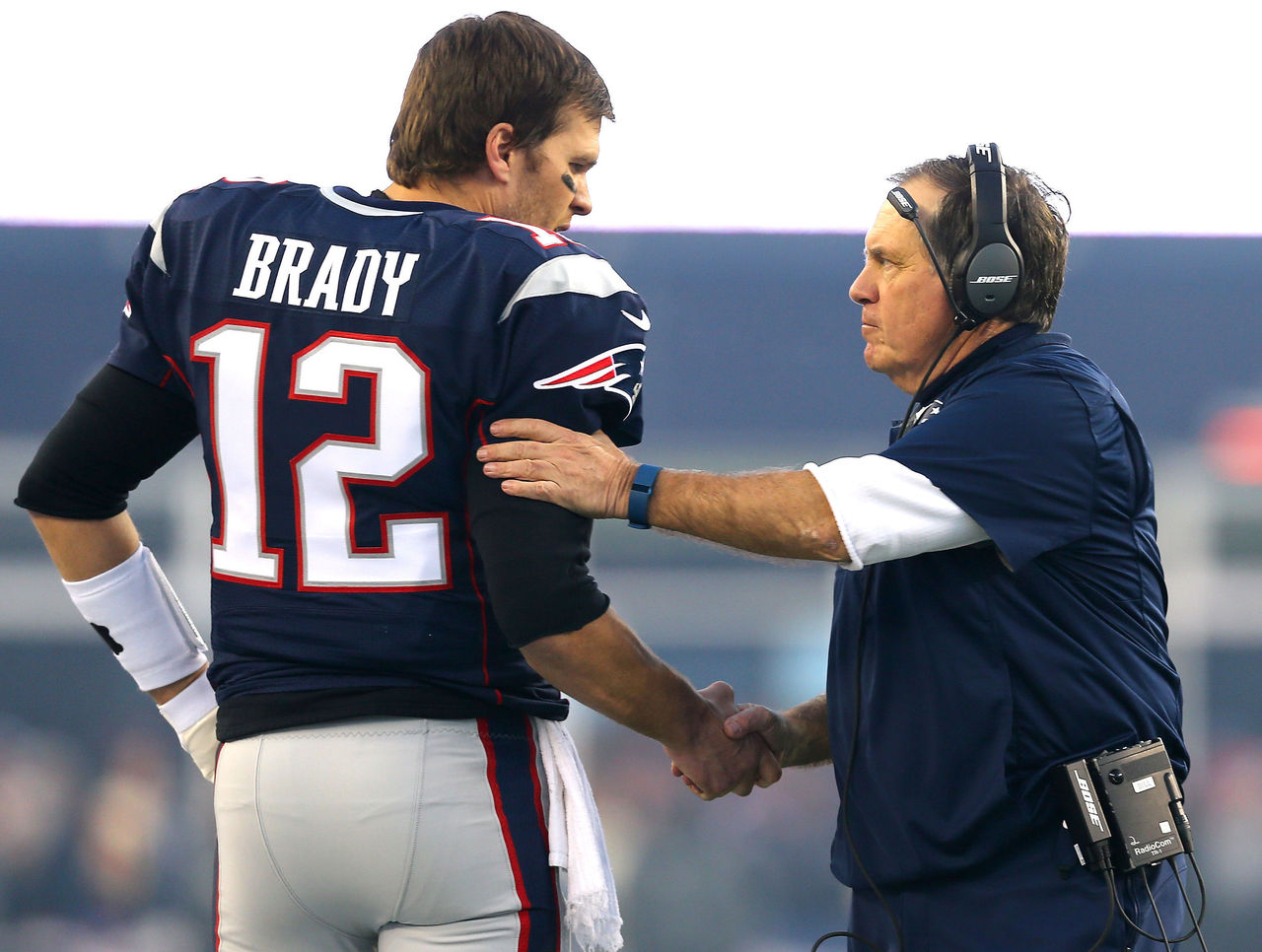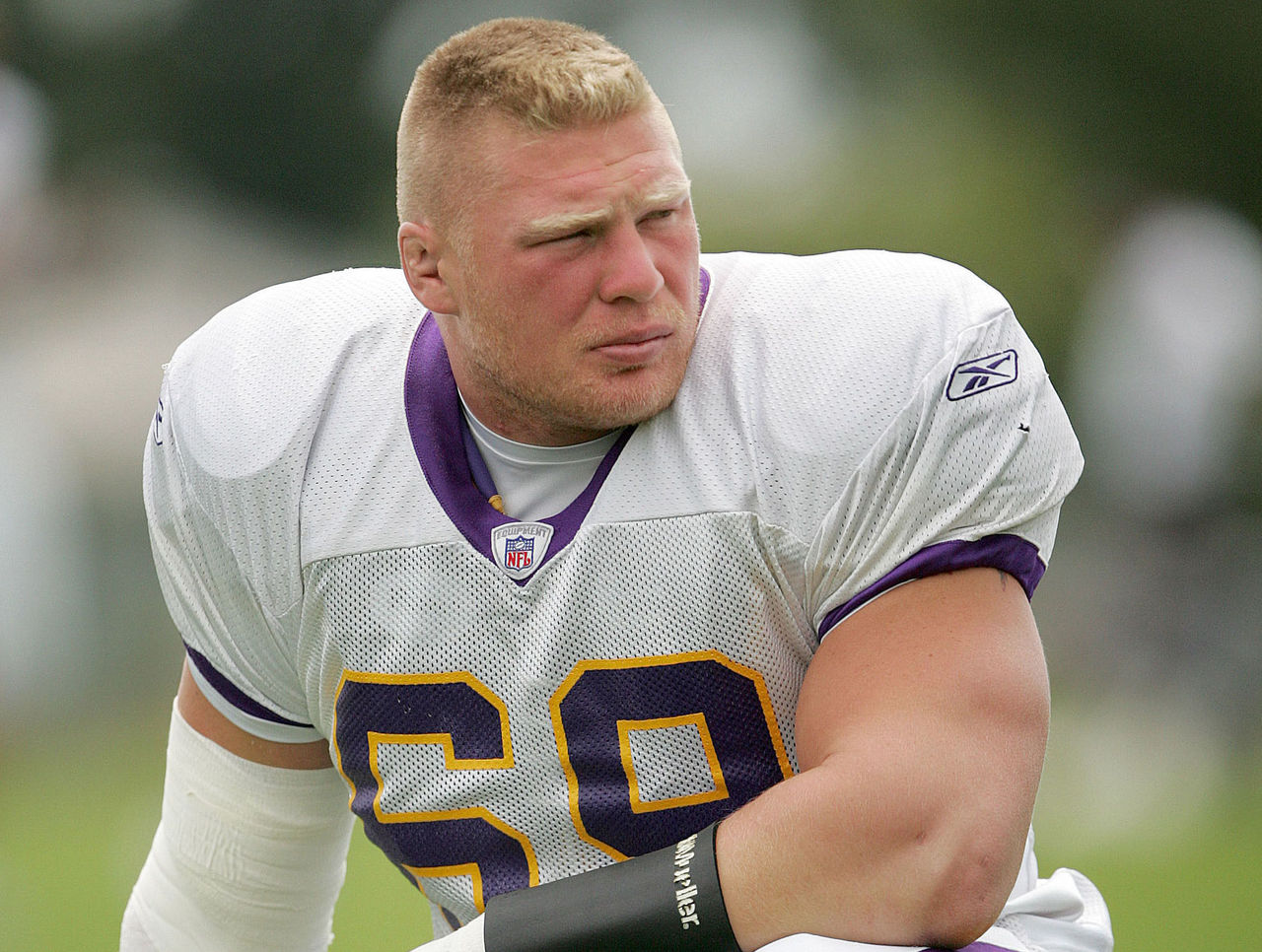Best Ball 101: A primer for "Draft Only" fantasy football formats
It's not exactly a new format of fantasy football, but it certainly isn't the most commonly played.
Best ball formats, alternately referred to as "set it and forget it" or "draft only," involve drafting a team like standard fantasy leagues, but with a twist. Instead of setting your roster every week and toiling the waiver wire, the team you draft is the team you have, for better or worse.
MyFantasyLeague.com offers a couple of variations on the format, but it is largely uniform. The biggest differences are connected to the fees involved to play, which range from $10 to $100 US per person. MyFantasyLeague also offers regular leagues, but we're focusing here on best ball formats (known industry-wide as MFL10s).
Standard best ball formats score one QB, two RBs, three WRs, one TE, one FLEX (W/R/T), and one team defense - no kickers, hooray! - while taking the best overall at each position on a roster. No anger at benching the wrong player in a given week. If you have Ben Roethlisberger and Blake Bortles, whoever has the better fantasy total is the QB of record that week.
For those unfamiliar with the format, we've prepared a primer to ease you into the game. It's a far more zen experience, and one that scratches the itch of players who love to do drafts and little else.

Draft Style
One of the best features - or worst, depending on your patience level - is that the draft is not live. Every time a pick is made, the player on the clock has eight hours to submit the next pick. This may seem like a long time, and it prolongs the draft to last several days or even weeks.
It's beneficial, however, if you use this time wisely. Where a live draft requires players to react with immediacy and often panic, the best ball format allows nuance, research, and thought. It actively discourages reflexive actions.
One issue that arises involves sleep schedules. There's a tool that allows players to set advanced choices in case they can't be near their computers when the pick is upon them. It's akin to the queue in live drafts, except it selects the pick automatically, assuming the player is still available.
While it's a good idea to keep a pre-selected list on standby, unless you're updating it close to your pick, it could become moot fairly quickly. MFL10 drafts use a snake draft format, making it incredibly important to have your picks ready at the turns because two quick picks can put you on the clock and eight hours may suddenly feel abbreviated.

Scoring
MFL10 operates on a PPR system, providing even greater value to high-volume pass catchers than they already have in standard leagues. This is why the majority of players selected in the first three rounds will be wide receivers.
Touchdowns are still king, though, lending value to New England Patriots TE Rob Gronkowski even though he didn't have as many receptions as other tight ends like Delanie Walker. It should, theoretically, inflate draft position for pass-catching running backs, though it's still the usual suspects like Le'Veon Bell going early on.
Turnovers kill. Try to avoid pick-heavy QBs, unless they mitigate damage with top numbers in other categories.

Bye Weeks
Knowing the placement of bye weeks is even more important in best ball formats because of the absence of a waiver system. In standard season-long leagues, there are times I've drafted a single tight end and/or a single team defense in order to maintain greater roster flexibility at premium positions. This doesn't work in best ball.
One move I made that could hurt: I drafted three wide receivers and two running backs whose bye weeks fall on Week 11. This could be a huge detriment and one catastrophic week could spell doom for the entire season. Making a draft mistake is a much bigger deal because there is no fixing it after the fact. It won't always be as simple as "taking the best available player."
For positions like team defense where you're less likely to roster more than two options, make sure they aren't on the same bye week. For every pick you make, double check your roster. It will sometimes come as a disappointment, but it's less disappointing than the crippling aftermath of losing an entire week to carelessness.

Draft Strategies
During the draft, several apparent strategies became clear from the patterns and approaches.
- The first QB off the board was Cam Newton and he didn't go until the sixth round - after 36 wide receivers, 30 running backs and three tight ends went. Everyone seemed content to hold off on passers despite them being a lot of points. If you're set on Newton, you'll have to set the pace, otherwise wait it out.
- Elite WRs and second-tier RBs. An early-position strategy, and one that was repeated a bit on the tail end of the first round, was to load up heavily on receivers. With weighted value given to individual receptions, collecting receivers is a wise and obvious approach.
- See the void and plunge. The opposite is also true. Several players opted to avoid receivers altogether and pluck top running backs and tight ends. One particularly insane strategy, on paper, saw someone take a running back in each of the first four rounds before taking a tight end in round 5. In PPR, this doesn't seem like the best idea.
- It's all about balance: Alternate between positions evenly to ensure elite, or close to elite, players at all positions. This ended up being my strategy. By the time I took my first QB in round 8, I had four receivers, two running backs, and a tight end.
Time will tell which of these strategies will prove most fruitful and, of course, injuries will play a part. This makes it important to avoid too many players who have injury histories at the same position. There's no guarantee they'll be injured again, but the risk of losing multiple players for extended periods of time will be the death knell.

Parting Shots
Best ball formats combine the excitement of drafting a team with the low-stress responsibility behind managing the roster. When the draft is done, it's all wait-and-see. It isn't going to replace season-long standard leagues, but it does provide a nice alternative to the norm.
Keep track of what worked and what didn't. Maybe my Week 11 gaffe hurts or maybe I'll get lucky.
Later on, we will provide a more in depth look at specific roster breakdowns and how to maximize productivity at each position.